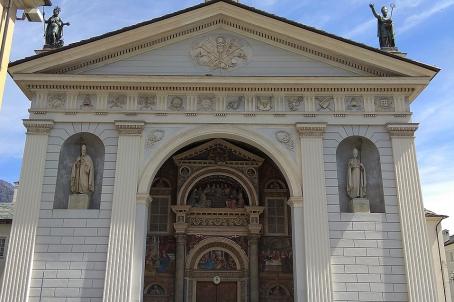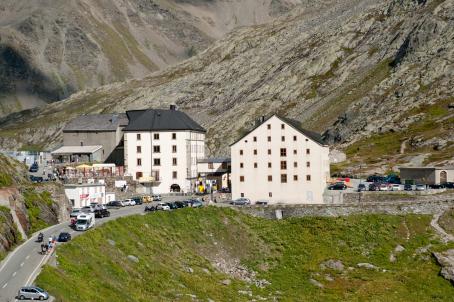Sanctuary of San Besso

The sanctuary of San Besso is located in Val Soana, at a height of 2019m above sea level. The church is built under a monolithic rock, Mount Fautenio, which is a bout 60m high and 40m wide. It is that the rock contains energetic powers. Mount Fautenio is mentioned by many sources as a place where lithic cults gathered and where pre-Christian practices took place. The origins and evolution of these practices are lost over centuries, and now the place is foremost a place of devotion to the Christian saint.





